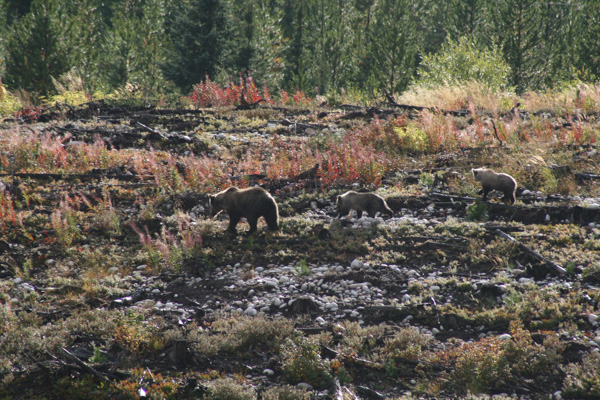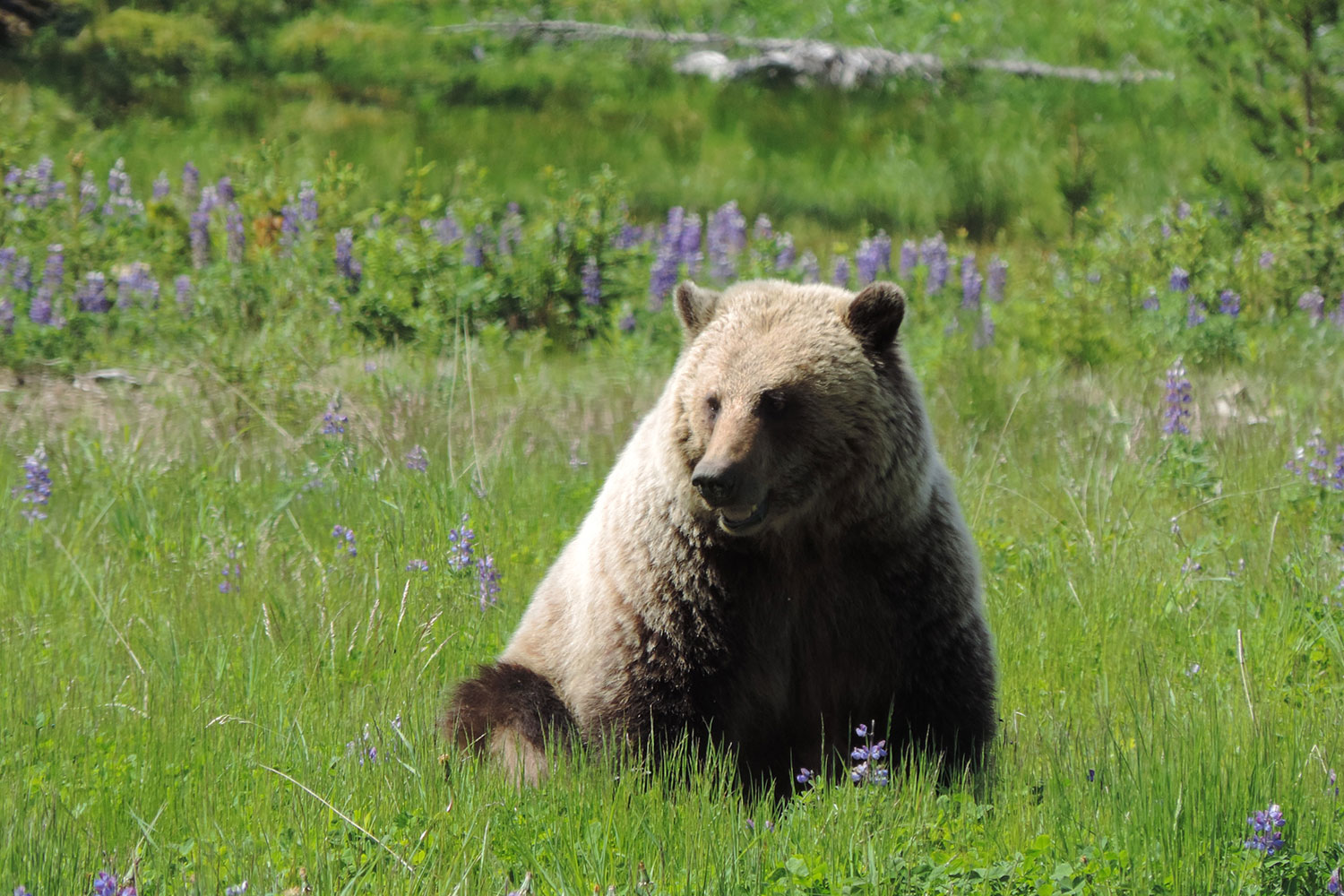Article published in Journal of Mammalogy . Citation and abstract only.
Abstract
Seasonal food habits and activity patterns were examined for grizzly bears (Ursus arctos) in west-central Alberta, Canada, to better understand habitat requirements in a threatened population. Food habits were based on an analysis of 665 feces collected from 18 grizzly bears between April and October 2001 – 2003. Trends in the use of foods were comparable to those of other central Rocky Mountain populations, with minor differences likely reflecting regional habitat and forage availability. Five activities (bedding, sweet vetch digging, insect feeding, frugivory, and ungulate kills) were identified for each of 1,032 field-visited global positioning system radiotelemetry locations from 9 female grizzly bears. We predicted the probability of each activity during relevant periods by time of day (crepuscular, diurnal, and nocturnal) and habitat. Selection ratios were used to assess which habitat and time periods were selected. Activity patterns changed considerably over a 24-h period, with foraging activities occurring mostly during diurnal and crepuscular periods and bedding at night. Habitats were important predictors of activity. Forested areas were selected for bedding areas, whereas digging, insect-foraging, and frugivory activities were associated with herbaceous, recently disturbed forest and open-canopy forests. We suggest that researchers consider behavior and time of day in analyses of habitat selection to improve explanations of habitat use and mechanisms of selection.
Citation
Munro, R. H. M., Nielsen, S. E., Price, M. H., Stenhouse, G. B., & Boyce, M. S. (2006). Seasonal and diel patterns of grizzly bear diet and activity in west-central Alberta. Journal of Mammalogy, 87(6), 1112–1121. doi:10.1644/05-MAMM-A-410R3.1








